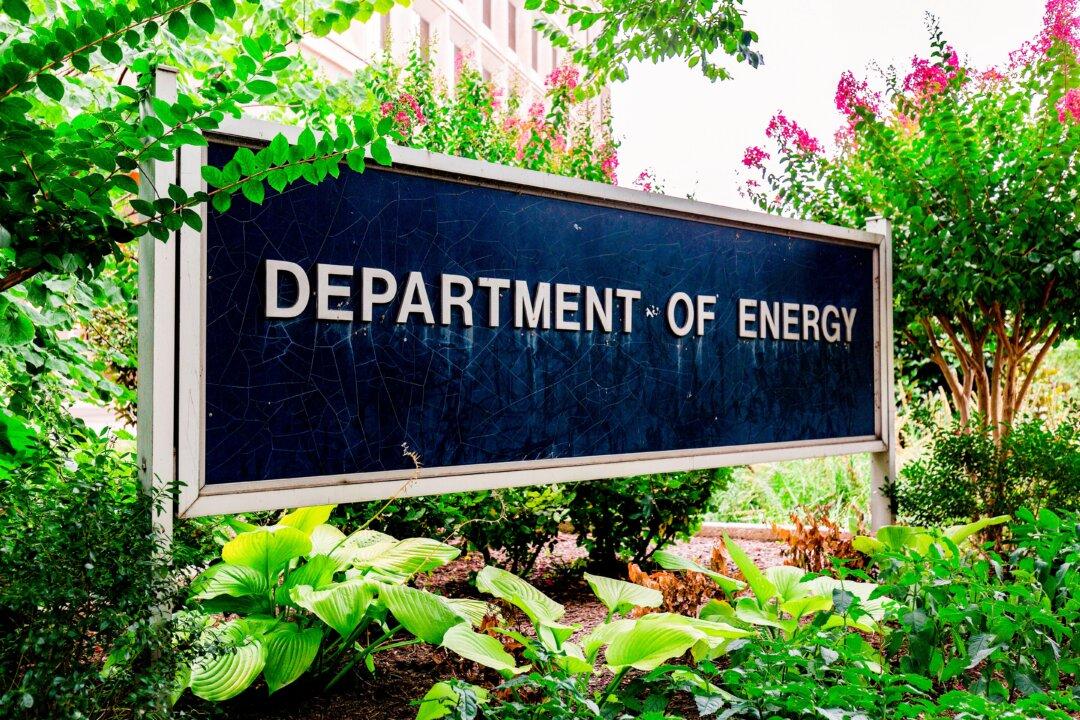The Department of Energy (DOE) on April 13 affirmed a Trump-era decision to export liquified natural gas (LNG) from a facility in Alaska.
Under the Trump administration, in 2020, a company called Alaska LNG was authorized to export LNG to any country with which the United States hasn’t entered into a free trade agreement (FTA).




